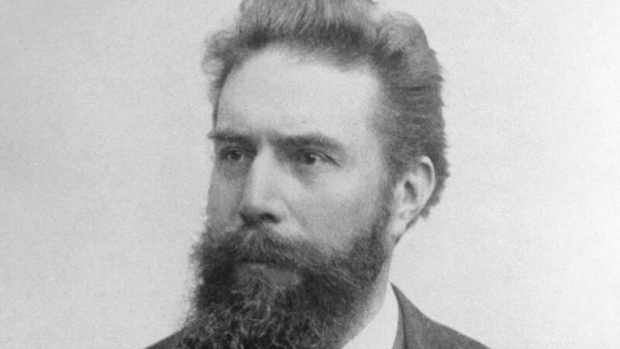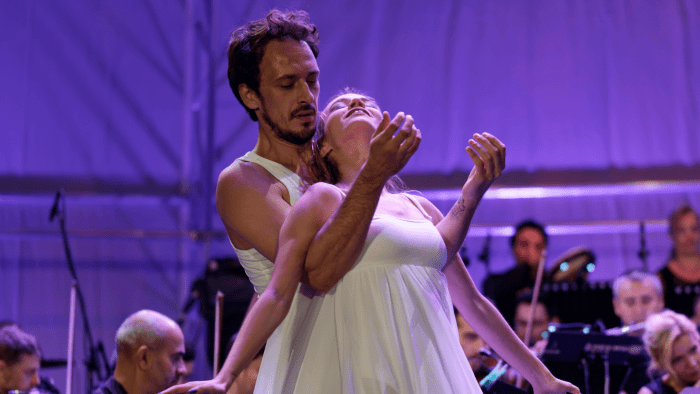The Ballad: Definition, Types, and Characteristics
What is a ballad? What makes a ballad different from other forms of poetry? A ballad is one of the most universally liked poetry styles. Here's all about where the word ballad came from, what it means, and its characteristics.
Etymology of the Ballad
Before everything else, it is very important to throw light on the etymology of the word ballad. Etymologically, the word ballad has been taken from the Latin word ballare, which means dancing song. Ballad is a shorter narrative poem that is comprised of short stanzas. F.B Gum has explained the definition of a ballad as:
“a poem meant for singing, quite impersonal in material, probably connected in its origins with the communal dance but submitted to a process of oral traditions among people who are free from literary influences and fairly homogeneous in character.”
What Is a Ballad?
A ballad is a short story in verse intended to be sung with musical accompaniment. It is opposite to the epic, which is a lengthy story in verse. It is a popular poem among the common folks in the Southern Appalachian Mountains of America, and traveling cowboys in the 19th and 20th centuries.
Dr. Margaret Yocom describes a ballad in the following way:
Is it defined by its form? by the way it tells a story? by who sings it? by the date of its composition or performance? Is a ballad identical to its text, and, if so, to which text? As you read, note the use of past or present tense, and note how many of these statements propose a cultural location for "ballad" and then cut away as "not ballad" all material that doesn't fit.
12 Characteristics of a Ballad
Ballads often deal with topics of love, loss, and adventure and are sure to intrigue and captivate any reader. There are 12 primary characteristics of a ballad that distinguish it from other forms of poetry. Read on for more detailed descriptions of ballad characteristics below.
The most important characteristics of a ballad
- Short story
- Universal appeal
- Colloquial language
- Abrupt opening
- No extra details
- Dialogue
- Refrain
- Stock phrases
- Ballad stanza
- Supernatural elements
- Tragic elements
- Simplicity
Short Story
Every ballad is a short story in verse, often dwelling upon a single, particular episode of the story. There is usually only one episode focused on in a ballad, and the poet often needs to complete the story within the limited confines of a small number of stanzas.
John Keats's ballad La Belle Dame sans Merci is a perfect example of this type of storytelling. The poem tells the story of a young man who is seduced and then abandoned by a beautiful and mysterious woman. The young man is left heartbroken and alone, his life forever changed by the experience.
Universal Appeal
Another fundamental characteristic of a ballad is its universal appeal. Every single ballad touches upon a specific subject that bears universal significance. It’s not simply restricted to the author's personality or their country; rather, it deals with the whole of humanity.
John Keats’s ballad La Belle Dame Sans Merci, for instance, talks about the dangers of unrequited love that can lead to ruin. This is a theme that is relevant to people of all cultures and ages. Similarly, Samuel Taylor Coleridge’s The Rime of the Ancient Mariner is a ballad about the consequences of killing an albatross, which is a bird that was considered to be a good omen by sailors.
Colloquial Language
The use of colloquial language is an indispensable feature of a ballad. In a ballad, the poet tends to use day-to-day and common words instead of bombastic and flowery language. This creates a more relatable and down-to-earth tone that makes the ballad more relatable and easier to understand. Read John Keats’s ballad La Belle Dame sans Merci and learn how the poet used colloquial language in his ballad. This allows the reader to feel as though they are experiencing the story firsthand, rather than being merely an observer.
Abrupt Opening
The ballad is a unique and intriguing form of poetry. It often features an abrupt, unexpected opening which can leave the reader wondering what will happen next. Similarly, the ending of many ballads may also be abrupt and unexpected, leaving the reader with a sense of awe and wonder.
Recommended
No Extra Details
There are no extra details about the surroundings, atmosphere, or environment in a ballad. The poem starts suddenly, and the reader has to visualize the setting himself through the poet's words. Thus ballads lack superfluous details. This sparseness of detail creates an air of mystery and adds to the effect of the poem.
Dialogue
Dialogue is also an indispensable feature of a ballad. The story is mostly told through dialogue. Look at John Keats’s ballad La Belle Dame sans Merci, which is a complete dialogue between the speaker and the knight. The knight is telling his story to the speaker, and the speaker is listening intently. The knight's story is one of love and loss, and the speaker can sympathize with him. The dialogue between the two creates a sense of intimacy and understanding between them.
Refrain
Generally, in every ballad, there is a refrain. A refrain is a phrase or a line that is repeated again and again after a stanza. The refrain helps to create a sense of rhythm and can be used to emphasize the main message of the song.
Stock Phrases
The great poet often uses stock phrases so that their work may be more easily memorized by readers. That is why ballads are generally easier to remember than other types of poems. By using time-honored phrases, the poet ensures that their work will live on in the minds of those who read it.
Ballad Stanza
The use of a ballad stanza is another remarkable characteristic of a ballad. Every ballad is written in a ballad stanza. The Ballad stanza is a stanza that consists of four lines with an abcb rhyme scheme. There are four accented syllables in the first and third lines, while in the second and fourth lines, there are three accented syllables.
Supernatural Elements
The use of supernatural elements is an imperative feature of a ballad. Johan Keats and Coleridge's ballads are the best examples in this regard. Their ability to evoke a sense of otherworldly wonder and mystery is what makes them so captivating. Both Keats and Coleridge use supernatural elements to create a sense of awe and wonder in their ballads. For Keats, this is seen in his use of fairies and other magical creatures. Coleridge also employs this technique, using ghosts and other supernatural beings to haunt his readers. This ability to evoke a sense of the otherworldly is what makes their ballads so captivating.
Tragic Elements
Many ballads tell tales of great tragedy, of love lost, or lives cut short. But there are also those who tell more lighthearted stories of friendship and laughter. These comic ballads are a welcome relief from the often morbid themes of their counterparts and provide a glimpse into the more fun-loving side of the human experience. Whether they're about young lovers sneaking around behind their parents' backs or friends getting into mischief, these ballads are sure to bring a smile to your face.
Simplicity
Simplicity is an additional characteristic of a ballad. All ballads are simple in structure, style, and diction, making them the most popular form of poetry. Look at the ballads of John Keats and Coleridge! They are very easy to comprehend and remember.
Types of Ballad
There are three kinds of ballads, which are discussed below.





